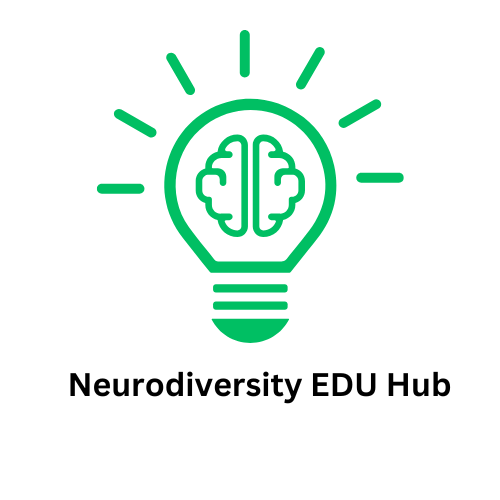
Improv: A Gateway to Unprecedented Potential
In a world increasingly recognizing the unique capabilities of neurodiverse individuals, Adam Sietz's journey serves as a beacon of inspiration. As an actor and self-advocate for ADHD, Sietz demonstrates how the power of improvisation has unlocked pathways to success, not only for himself but also for others who think differently.
In Actor & ADHD self-advocate Adam Sietz on how improv unlocked his abilities, the discussion dives into the transformative effects of improv on neurodiverse individuals, exploring key insights that sparked deeper analysis on our end.
Changing Perceptions of Neurodiversity
The conversation around neurodiversity has undergone a notable transformation in recent years. Employers are beginning to see the value that individuals on the autism spectrum and those with conditions like ADHD bring to the table. Sietz's observations reflect a shifting attitude: traditional notions of productivity are no longer sufficient to include the diverse array of skills and talents that neurodiverse individuals possess.
For instance, companies have found that those with atypical thought processes often excel in positions that require creativity, innovative problem-solving, and out-of-the-box thinking. The realignment of workplace expectations to accommodate these talents has proven fruitful, resulting in heightened job satisfaction and performance.
Improv as a Tool for Growth
Adam Sietz's relationship with improv began with a misperception; he thought it was merely the name of a comedy club rather than a versatile performance art form. However, as he delved deeper, it became clear that improv offers a valuable framework for life beyond the stage. It promotes quick thinking, adaptability, and collaborative play—skills that are tremendously beneficial for individuals with ADHD.
In practice, improv taught Sietz to embrace spontaneity and freedom of expression, allowing his self-doubt to become a driving force for creativity, rather than a barrier to success. The spontaneity of improv likely mirrors the thought processes of many individuals with ADHD, turning what was once seen as a limitation into a powerful advantage.
Real-World Applications and Career Success
The skills developed through improvisation can significantly impact various fields, from education to business. In educational settings, teachers employing improv techniques create an engaging and dynamic classroom environment that encourages students to think critically and express themselves freely. Moreover, the adaptability learned through improv can directly translate into job performance, enabling neurodiverse individuals to thrive in challenging work situations.
Organizations are beginning to recognize that embracing neurodiversity and implementing support systems can lead to breakthroughs not just for individuals, but for entire teams. Companies aiming for innovation are now increasingly cultivating environments that allow everyone to shine.
A Collective Call for Acceptance
The narrative surrounding conditions like ADHD and autism is transforming, yet there is still much work to be done. Adam Sietz’s advocacy emphasizes the importance of acceptance in both personal and professional domains. By sharing his experiences, he encourages society to appreciate the unique perspectives that neurodiverse individuals bring, urging companies to foster an inclusive environment where everyone can contribute their best selves.
Ultimately, Sietz's journey reflects a broader societal shift toward valuing diverse cognitive styles. As we continue to engage with the concept of neurodiversity, it is essential that we acknowledge and celebrate the talents and abilities of all individuals, particularly those who think differently.
 Add Row
Add Row  Add
Add 




Write A Comment